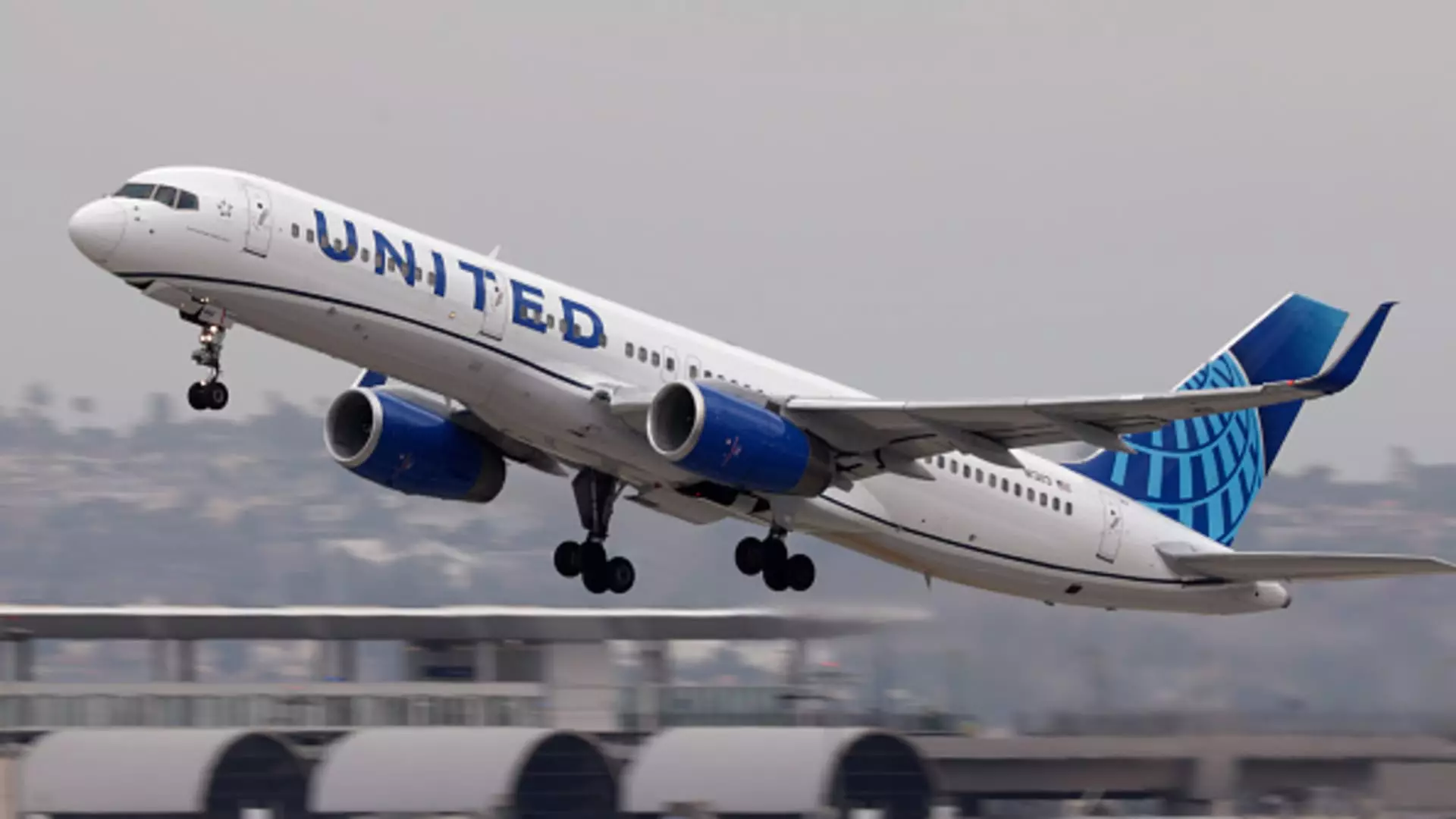In a significant move to bolster revenue and streamline its MileagePlus loyalty program, United Airlines has announced that frequent flyer status requirements will increase noticeably in 2025. This change reflects a growing trend among major carriers, including American Airlines and Delta Air Lines, to shift focus towards premium travelers who contribute heavily to airline profits. As of next year, the mileage prerequisites to achieve various elite status tiers will rise by approximately 25%, making it more challenging for occasional flyers to reach coveted benefits.
Under the new structure, travelers will need to achieve a higher number of Premier Qualifying Points (PQPs) and complete a set number of qualifying flights to earn elite status. The Silver Premier tier, for example, will now necessitate 5,000 PQPs and 15 qualifying flights, an increase from the previous requirement of 4,000 PQPs and 12 flights. Additionally, travelers can choose to attain this Silver status solely through spending, with the new threshold set at 6,000 PQPs. This adjustment illustrates a broader strategy among airlines to reward those who consistently spend more on tickets and associated services rather than simply accumulating miles through travel.
The decision to raise status thresholds is indicative of a crowded market, where loyalty programs are becoming increasingly exclusive to high-spending individuals. Elite status brings numerous benefits, such as complimentary upgrades when available, priority boarding, enhanced seat selection, and access to premium lounges—services highly valued by frequent flyers. However, the influx of travelers vying for these perks has led to overwhelming numbers in both lounges and during early boarding processes, diminishing the exclusivity that elite flyers expect.
While the adjustment may alienate some customers, it aligns with the airlines’ intent to create a more discerning loyalty program. United Airlines and others are heavily investing in distinguishing high-value customers from those who only fly occasionally. Consequently, the association between co-branded credit cards and the earning of PQPs becomes even more pivotal, emphasizing the financial commitment airlines feel is essential for achieving higher status.
Airlines are actively recalibrating their loyalty strategies to ensure profitability in an increasingly competitive landscape. By elevating the costs and requirements associated with earning elite status, carriers are fostering a subscription-like model of loyalty—a tactic likely to encourage travelers to opt for co-branded credit cards and engage with the airline more meaningfully. The hope is that such changes will balance supply with demand within their loyalty programs.
As United Airlines implements these changes, travel enthusiasts and frequent flyers must reconsider how they engage with the airline. The new rules likely signal a shift towards a more exclusive realm of loyalty rewards, where spending is paramount. It remains to be seen how customers will react and adjust their travel habits in response to these new requirements, but it is clear that airlines are determined to ensure that their frequent flyer programs remain financially viable while catering to a more affluent customer base.


Napsat komentář